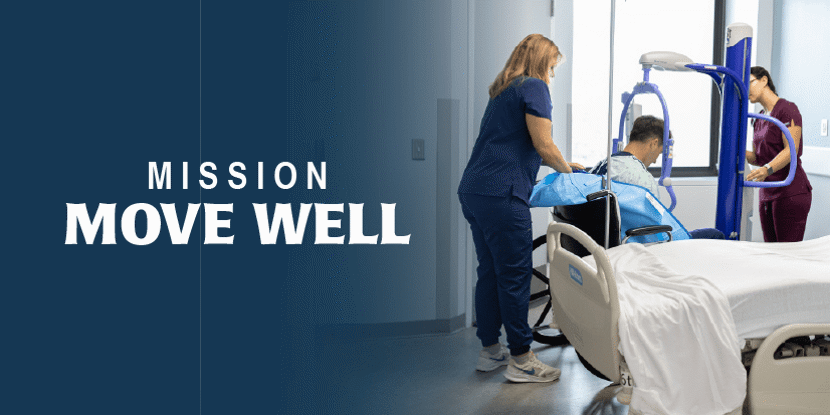Where Wounds Go To Heal
- Category: Health Education
- Posted On:

Have you ever had a wound that was hard to heal? The Lake Charles Memorial Health System Wound Care Clinic is staffed with a team of doctors, nurses and therapists uniquely experienced in the healing of chronic wounds. They have been SWLA’s “wound care detectives” since 1991. It is their mission to figure out why a wound is there and what it takes to heal. And they are good at it.
How it works
The first step to successful wound treatment is to determine the cause of the wound and what factors may be preventing it from healing. This is why treatment always starts with a complete health history and a thorough evaluation of the wound and area surrounding the wound. In addition to performing a physical examination, patients can expect them to measure and photograph the wound. If there is an infection, tissue cultures—and biopsies, if necessary—will be used to diagnose the cause of the infection and prescribe the most effective medications and/or other treatment options.
Collaboration is key. Patients suffering with lower-leg arterial or venous ulcers may be referred to specialist in radiology and/or vascular surgery, who may be able to provide longer-term relief. Patients utilizing a wheelchair who experience repeated pressure ulcers may be referred to clinics that can offer pressure mapping, recommend off-loading devices and ensure that the wheelchair is properly fitted to minimize rubbing against or putting pressure on bony prominences. When being treated, lymphedema is addressed, and compression pumps may be ordered. Hyperbaric oxygen therapy may also be an option to speed healing.
During and after treatment, patients may be referred to services such as diabetes care or nutrition counseling that can help address the underlying causes of non-healing wounds. If appropriate, family members and caregiver education may take place, teaching how to perform wound care and how to use any prescribed products.
Hyperbaric oxygen therapy (HBOT)
HBOT is a medical treatment that uses pure oxygen at two to three times atmospheric pressure to aid in healing wounds. For patients that qualify, HBOT can help fight infection by:
- Inhibiting and inactivating toxins
- Improving white blood cell activity
- Inactivating or killing certain bacteria
- Enhancing the effectiveness of certain antibiotics
- Allowing the body’s immune system to build tissues more effectively
- Stimulating growth of new microvascular blood vessels
- Reducing swelling and inflammation
- Stimulating fibroblast activity to build collagen
You might need wound care services if you have:
- Chronic wounds (not healing within four weeks)
- Acute wounds
- Surgical wounds
- Traumatic wounds
- Diabetic wounds
- Osteomyelitis (acute and refractory)
- Fasciitis
- Venous wounds
- Arterial wounds
- Compromised skin grafts and flaps
- Delayed radiation injury
- Necrotizing soft tissue infection
- Crush injury, compartment syndrome and other acute traumatic ischemia
- Clostridial myonecrosis




